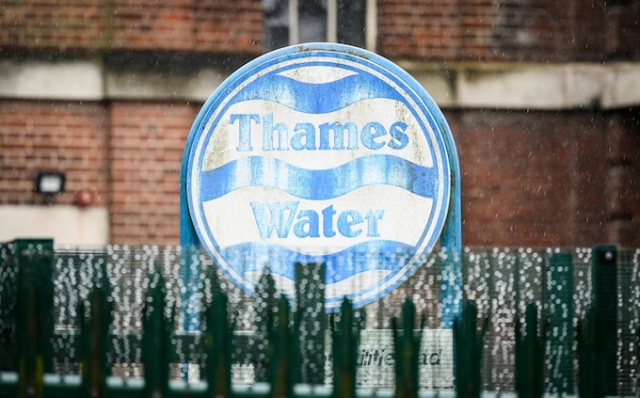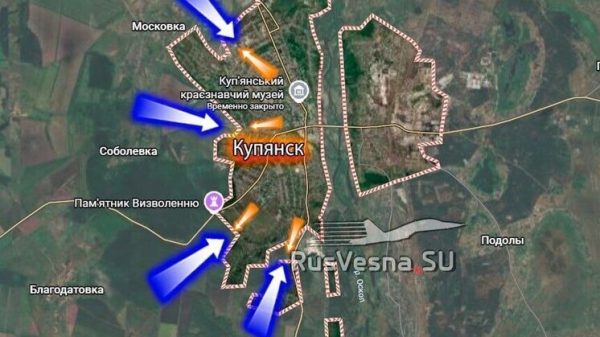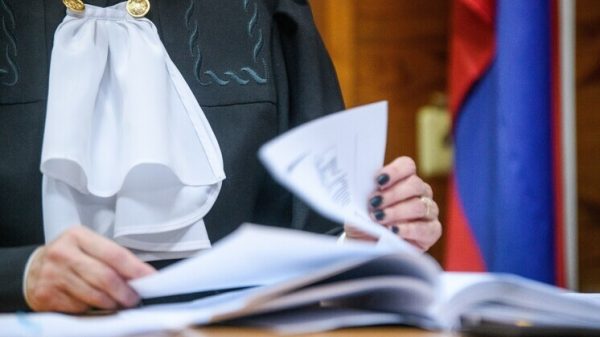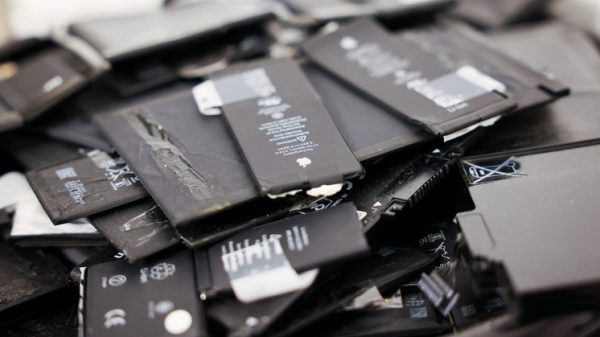 Thames Water paid out £656 million in dividends in one year alone, putting it in the red. Photo: Leon Neil/Getty Images
Thames Water paid out £656 million in dividends in one year alone, putting it in the red. Photo: Leon Neil/Getty Images
Thames Water shareholders have extracted billions of pounds from the company over the past two decades and saddled the utility with massive debt.
Australian bank Macquarie and a number of offshore pension funds bought Thames in 2006 and controlled the business as a consortium for ten years.
During this period they received around £2.7 billion in dividends, using a complex financial structure ultimately backed by money paid into Thames Water by bill payers.
In one year alone, Thames paid out dividends of £656 million, which is an incentive. the group went into the red.
In its most prolific periods, shareholders sucked out a further £1.3 billion between 2010 and 2014.
In its final year of ownership, the Macquarie-led consortium shared another £157 million windfall as debt quadrupled from £2.3 billion to £10 billion.
Currently net Thames' debt is around £14 billion.
The payments have become annoying as rates have risen for bill payers to pay to fix faulty pipes and prevent sewage from flowing into the Thames.
Critics said the dividend payments should have been used to repair Thames Water's creaking infrastructure.
The company's previous owner, German energy giant RWE, was also criticized for receiving large dividends, but these were usually smaller.
Thames Water was privatized by the government in 1989 and floated on the stock market. market, which allowed the British to buy shares in the company.
However, after Thames was acquired by RWE in 2001, Thames became caught up in a complex web of companies that found themselves heavily indebted when the Macquarie-led group took control.
Known as a “whole business securitization” scheme, the Macquarie-led consortium effectively ringfenced Thames Water and created a new holding company over it called Kemble Water to borrow huge sums of money.
Kemble borrowed money from third-party investors using a steady stream of income from bill payers as collateral. Some of these loans will help pay huge dividends.
Macquarie infrastructure funds owned 47 per cent of Kemble shares, with the remainder held by pension funds in Australia, Canada and the Netherlands.
Money generated from Thames Water's ring-fenced business then flowed up the chain to Kemble, helping to service bondholders and shareholders.
The complex financial system continues to this day, although current shareholders receive no dividends.
Any dividends paid to Kemble are currently used to pay off interest on the debt.< /p>
Current shareholders include Canadian pension fund Omers, British university teachers' pension scheme USS and pension scheme manager BT Hermes.
None of these shareholders have received dividends since purchasing the business in 2017.























































Свежие комментарии